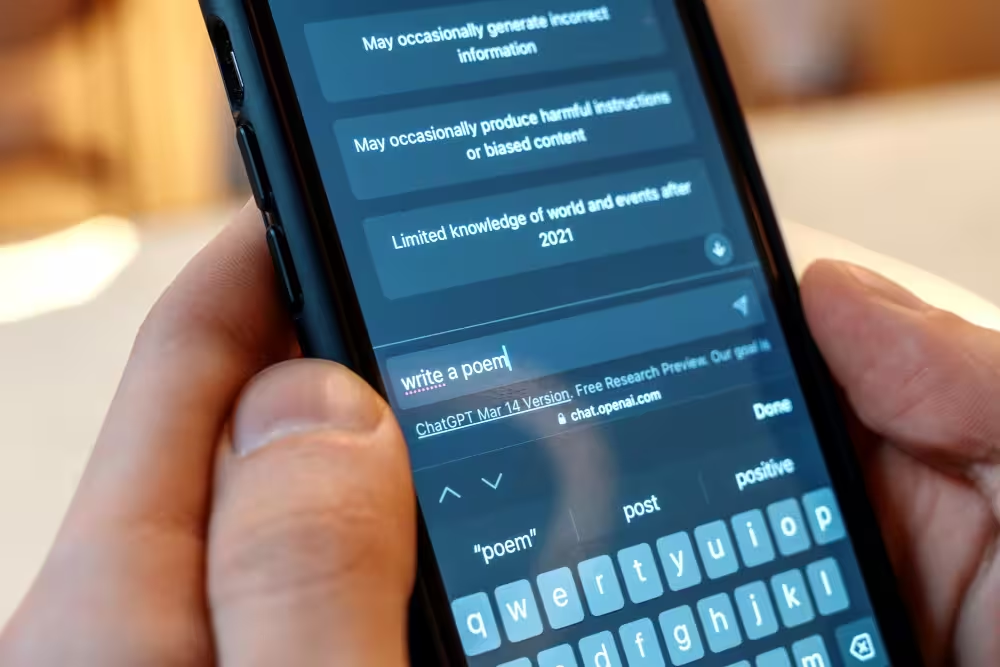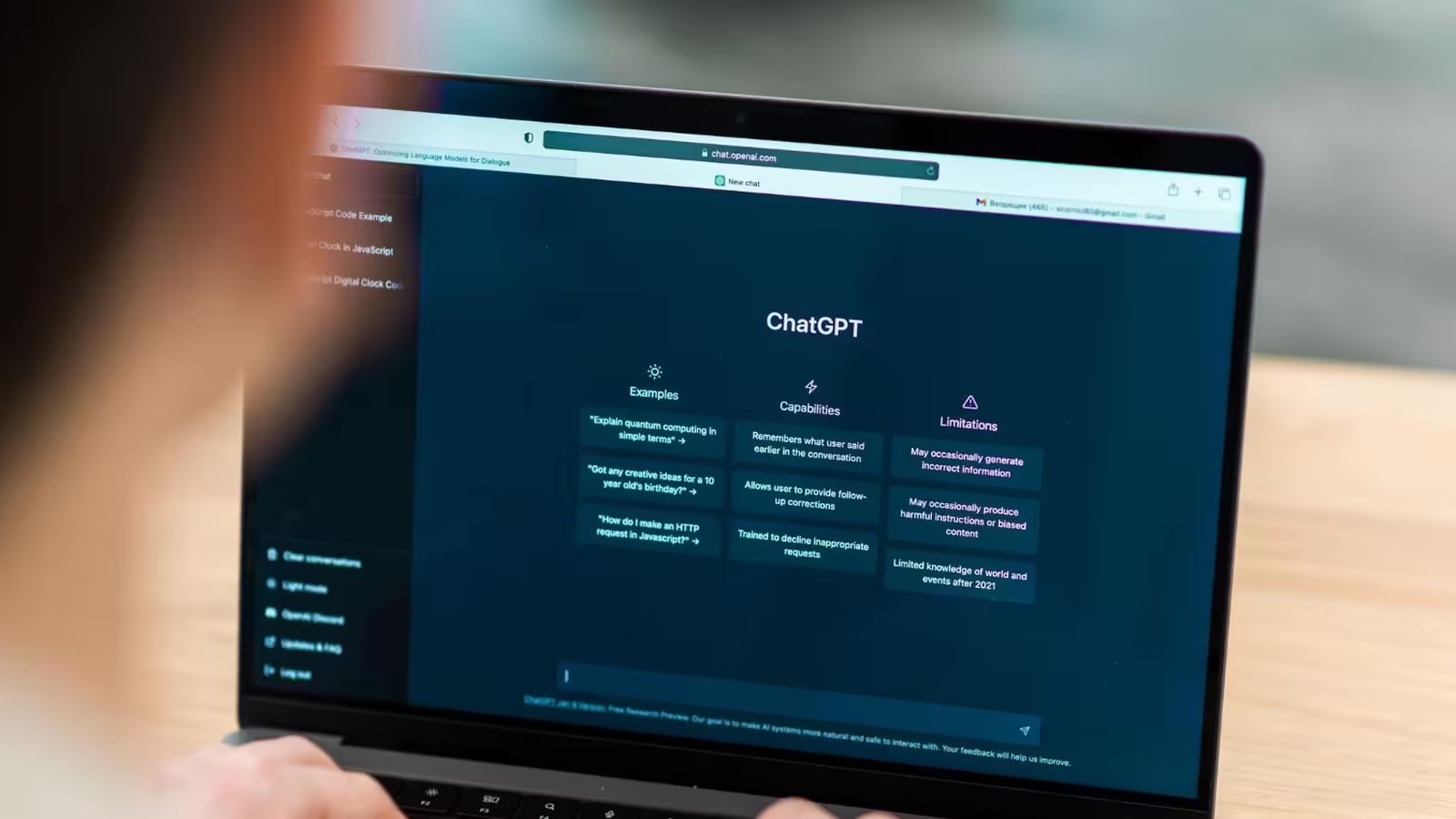5 Minutes
ChatGPT, developed by OpenAI, has revolutionized the way we interact with artificial intelligence. This guide provides an in-depth look at how to effectively use ChatGPT, its features, and best practices to enhance your experience.
Getting Started with ChatGPT
Accessing ChatGPT
To begin using ChatGPT, navigate to the official OpenAI website and access the ChatGPT interface directly through your browser. Alternatively, you can download the ChatGPT app from the App Store for iOS devices or the Google Play Store for Android devices. Developers can integrate ChatGPT into their applications using OpenAI’s API, available on the OpenAI Platform.
Creating an OpenAI Account
To use ChatGPT, you'll need to create an OpenAI account:
- Go to the OpenAI sign-up page.
- Enter your email address or use a Google or Microsoft account to register.
- Follow the prompts to verify your email, set up a password, and complete any necessary security checks.
Once your account is created, you’ll be able to access ChatGPT across various devices.
Understanding ChatGPT's Features
Customization Options
ChatGPT offers several customization options to tailor the experience to your preferences:
- Adjusting Tone and Style: You can instruct ChatGPT to respond in a specific tone or style. For example, you might say, “Please respond in a friendly, conversational tone” or “I need a professional and concise response.”
- Memory Settings: Some versions of ChatGPT allow you to adjust memory settings, enabling the AI to remember previous interactions and tailor its responses accordingly.
- Personalizing Instructions: Provide specific instructions at the start of the conversation to guide ChatGPT’s responses. For instance, “I’m working on a project about AI in healthcare. Can you give me insights on the latest trends?”

Free vs. Paid Versions
While the free version of ChatGPT provides access to basic features, the paid versions unlock more advanced capabilities. Here’s a comparison of the key models and features across the free and paid options:
| Feature | GPT-3.5 (Free) | GPT-3.5 Turbo | GPT-4 | GPT-4o | GPT-4o Mini | o1-mini | o1 December 2024 | o1 Pro Mode |
|---|---|---|---|---|---|---|---|---|
| Text Generation | Yes | Yes | Yes | Yes | Yes | Yes | Yes | Yes |
| Complexity Handling | Basic | Improved | Advanced | Optimized for specific tasks | Efficient for quick tasks | Optimized for small-scale uses | Higher efficiency | Highly customizable |
| Response Time | Slower | Fast | Fast | Fast | Moderate | Fast | Optimized for speed | Ultra-fast |
| Data Limit | Lower | Moderate | High | High | Low | Moderate | Higher | Customizable |
| Access to Tools | Limited | Limited | Full tools access | Full tools access | Limited | Limited | Full tools access | Full tools access |
| User Interaction Styles | Basic | More flexible | Customizable | More customizable | Flexible | Adaptive | Flexible | Fully customizable |
| Priority Support | No | No | Yes | Yes | No | No | Yes | Yes |
| Price | Free | Paid (affordable) | Paid (higher cost) | Paid (premium) | Paid (lower cost) | Paid (affordable) | Paid (premium) | Paid (premium) |
Choosing the right version depends on your specific needs and the complexity of tasks you intend to perform.
Best Practices for Using ChatGPT
Crafting Effective Prompts
To get the most out of ChatGPT, consider the following strategies:
- Be Specific and Clear: Clearly articulate your request to receive more accurate and relevant responses.
- Iterative Feedback: Refine and rewrite prompts based on previous responses to improve the quality of answers.
- Provide Context and Examples: Adding context and examples to your queries can help ChatGPT understand your request better.
- Set Boundaries on Response Length: Specify the desired length of the response to achieve concise and relevant answers.
Utilizing Advanced Prompts
Enhance your interactions with ChatGPT by using advanced prompts:
- ELI5 (Explain Like I’m 5): Simplifies complex subjects into easy-to-understand explanations.
- Step-by-Step: Breaks down tasks or instructions into manageable steps.
- TL;DR: Provides concise summaries of long texts.
- Decision Tree: Assists in evaluating options to reach a logical decision.
- Diagram: Enables ChatGPT to generate visual aids that support the discussion.
Applications and Use Cases
Productivity Enhancement
ChatGPT can be a powerful tool to boost productivity:
- Time Blocking: Utilize ChatGPT to create a structured daily routine tailored to include work, breaks, meals, and rest, reducing decision fatigue.
- Meeting Preparation: Generate agendas, discussion points, and potential questions to prepare for meetings.
- Decision Support: Analyze pros and cons and raise important questions to support decision-making.
- Task Management: Break large projects into manageable tasks, making daunting chores more achievable.
- Learning Acceleration: Quickly comprehend complex topics through concise explanations.
Everyday Assistance
Beyond professional tasks, ChatGPT can assist with everyday challenges:
- Brainstorming Coach: Refine vague ideas by asking strategic questions.
- Crafting Polite Refusals: Generate empathetic and polite refusals to maintain relationships.
- Summarizing Documents: Condense long meeting transcripts into key points and action items.
- Journaling Prompts: Provide gentle, evolving prompts to encourage consistent reflection.
- Health Guidance: Offer structured guidance for common symptoms while avoiding stressful symptom searches.
Privacy and Security Considerations
While ChatGPT is a powerful tool, it's essential to be mindful of privacy and security:
- Data Collection: OpenAI collects personal information during interactions, including prompts entered, file uploads, and feedback.
- Sensitive Information: Avoid sharing confidential or sensitive information when using ChatGPT.
- Chat History Management: Regularly review and clear chat history to manage stored information.
- App Permissions: Only grant necessary permissions to the ChatGPT mobile app to enhance data security.
By understanding and utilizing ChatGPT's features effectively, you can enhance your productivity, learning, and daily tasks while maintaining control over your data and interactions.



Comments